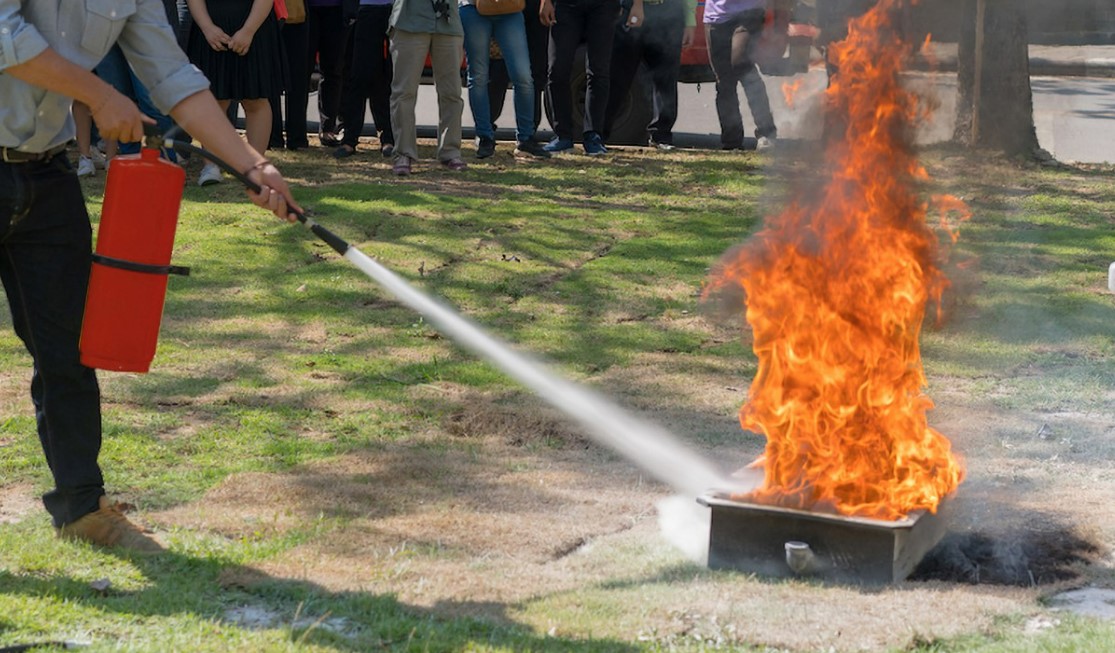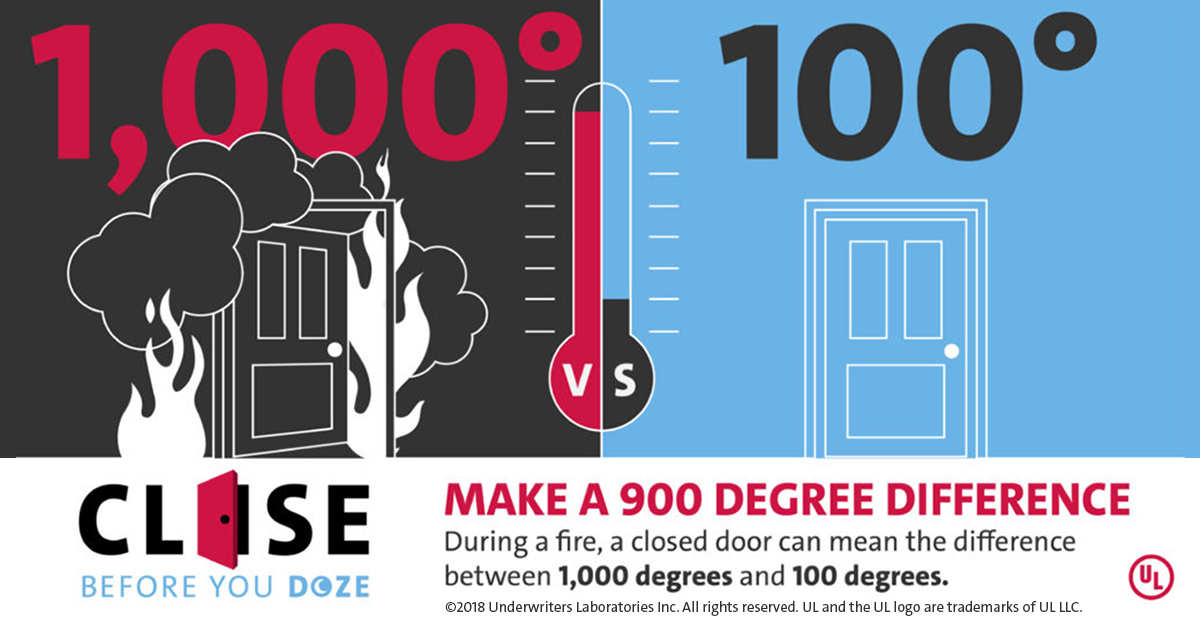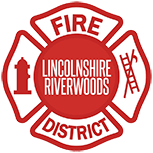Now Offering: Fire Extinguisher Training

Make a 900 degree difference

Have a plan and practice it regularly!
During a fire emergency, how well you and your family know your Exit Drills in the Home (EDITH) can mean the difference between life and death. Too often people panic in such emergencies because they do not know what to do. You and your family should make a great escape plan to ensure that everyone gets out quickly and safely. A clear “HED” will help you make your great escape!
Draw a floor plan of your home or apartment
Be sure to mark all doors and windows.
Know two ways out of every room
If one way is blocked by smoke or fire, you can use the second way out.
Plan an outside meeting place where everyone will gather
Plan to call the fire department from a neighbor’s home. Once out, stay out! Invisible toxic gases can kill you. If someone or a pet is trapped, let the fire department rescue them.
Practice your exit plan until it is automatic
Then practice again at least twice a year. Too often families make plans and then put them away in a drawer or old filing cabinet. When fire occurs, you will not have time to search for them.
Know what to do when you hear the alarm
When you are in your room and you hear a smoke alarm go off – or someone yelling “Fire! or “Smoke!” – you have only a few minutes to get outside. Don’t waste time checking to see if it’s a false alarm. Treat all alarms as real; act immediately.
Get down on the floor and crawl low
Both heat and smoke rise, so if you stay between 12 and 36 inches off the floor, you will be safer from high heat and toxic fumes.
Check the door before opening
Look for smoke seeping around the door frame. Feel the door with your hand. If you have a solid door, it will be hot to the touch if there is fire on the other side.
Open doors slowly and carefully
Be very cautious. Even if you’ve checked the door, there could still be fire on the other side. When you open the door, put your head down and tilt your face away from the opening. Open the door just a little so that it will be easy to close if you detect fire.
Close doors behind you
Remember that closed doors slow the flow of oxygen to the fire and give you added time to escape.
Learn how to escape through windows
If you are on the first floor, exit the window feet first. Grab the window ledge, hang down as far as you can, then jump. Do not exit a window any higher up, except as a last resort.
Do not use an elevator
If you live in a high-rise, locate the fire escape and use it. A fire can disable the elevator, and you could be trapped.
Understanding the Classes of fires
There are three basic classes of fires. All fire extinguishers are labeled using standard symbols for the classes of fires they can put out. A red slash through any of the symbols tells you that the extinguisher cannot be used on that class of fire. A missing lettered symbol tells you that the extinguisher has not been rated for that given class of fire.
CLASS A – Ordinary combustibles such as wood, cloth, paper, rubber and many plastics.
CLASS B – Flammable liquids such as oil, gasoline, grease, tar, lacquers and thinners.
CLASS C – Energized electrical equipment including wiring, fuse boxes, machines and appliances that are plugged in.
Fire extinguishers should be installed in plain view near an escape route and away from potential fire hazards. Feel free to ask Livonia Fire & Rescue personnel for advice on the best locations.
To fight the fire, remember the word “PASS”
P – Pull the pin or latch
A – Aim the nozzle at the base of the fire
S – Squeeze the handle
S – Sweep from side to side at the base of fire
Knowing how to use a fire extinguisher is only one aspect of good fire safety. Other key elements are;
- Installing and maintaining smoke alarms.
- Having an escape plan and practicing it regularly.
- Keeping your property as fire-safe as possible, both indoors and out.
